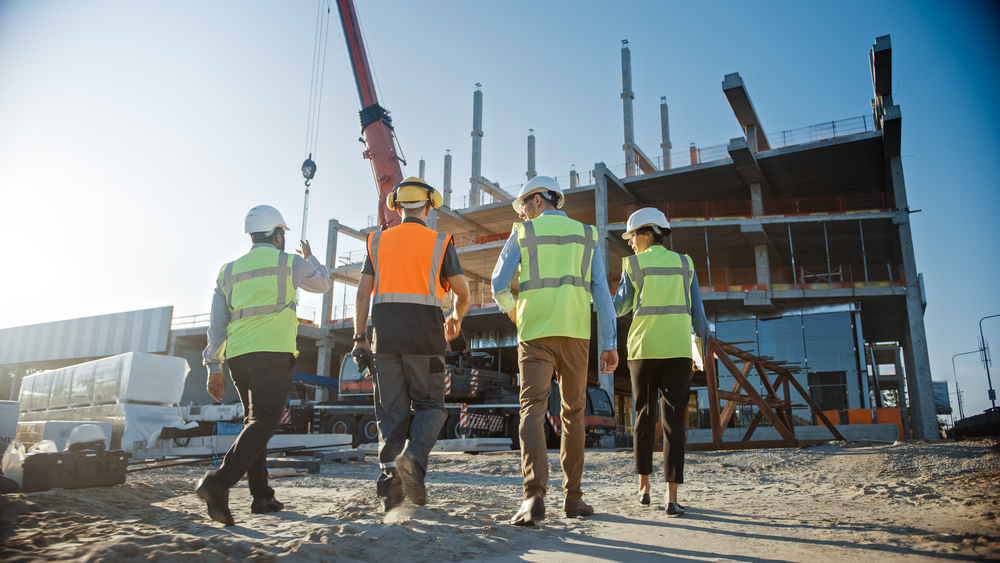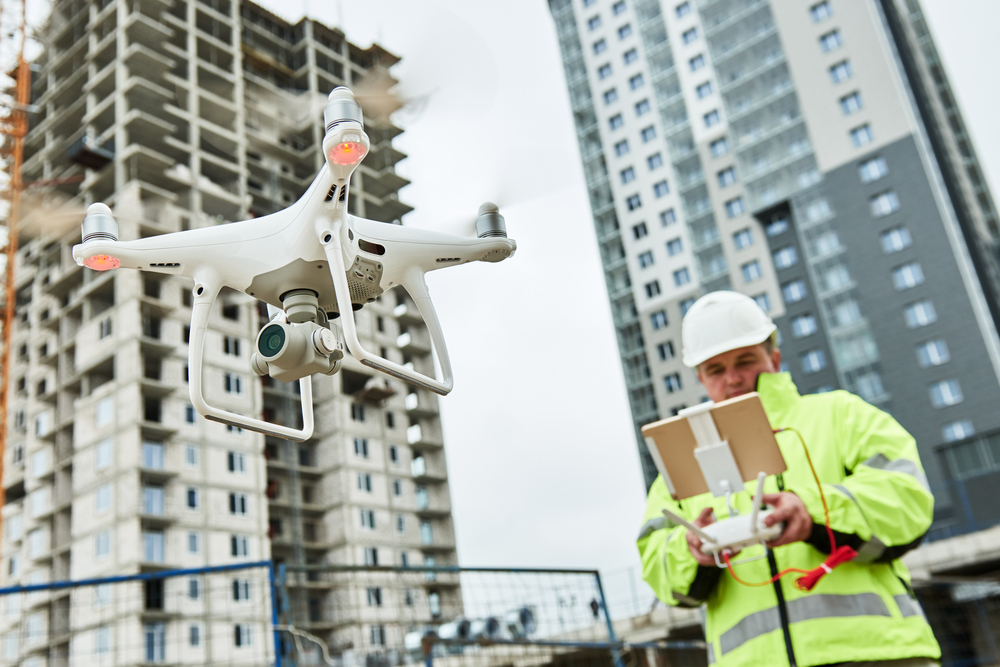Innovating to improve productivity, safety, and efficiency has been the construction industry’s hallmark. AR and VR are the next technical frontiers in construction, creating new opportunities.
This essay will analyze how VR and AR might change construction design, planning, and building procedures.
The Benefits of Virtual Construction
Virtual construction, also known as virtual design and construction (VDC), uses 3D modeling and simulation to create a virtual construction project. This feature lets stakeholders examine and interact with the project before completion, which has many benefits.
Improved Design and Planning
The capacity to find and fix problems before building ever begins is a major benefit of virtual construction. Designers and engineers can save time and money by using a virtual model to try out various options and make improvements as they go.
This also promotes better collaboration among various teams and stakeholders because everyone can see and comprehend the project in a more practical sense. This results in more efficient decision-making and a more seamless construction process.
Enhanced Safety and Training
Construction sites may be hazardous environments; therefore, safety is always a primary focus. Workers can be trained in a virtual environment that mirrors real-life scenarios using VR technology, allowing them to practise safety procedures and protocols without danger.
This also applies to site inspections, where VR can be used to identify potential dangers and plan for safety measures prior to the start of construction. This improves safety while also saving time and resources.
Cost Savings
Virtual construction can save time and money by discovering and resolving issues before building begins. It also enables more precise cost estimation and budgeting, lowering the risk of unanticipated costs and delays.
The Potential of Augmented Reality in Construction
VR is entirely immersive, but AR adds digital information to the actual environment. This technology could change the construction business.
On-Site Visualization and Communication
AR can be used on construction sites to provide real-time information and instructions to workers. For example, workers can use AR glasses to see a virtual overlay of the project, including measurements, instructions, and safety information.
This not only improves communication and efficiency but also reduces the need for physical plans and drawings, which can easily get lost or damaged on a busy construction site.
Remote Collaboration and Inspection

AR lets stakeholders remotely access and interact with a construction site, offering real-time feedback and making decisions. This is useful for major tasks or when travel is impossible.
Remote AR inspections allow inspectors to see the project in real time and detect flaws.
Marketing and Sales
AR can be used to market and sell projects by showing buyers and investors a virtual version before construction. This helps them see the finished product and make better selections.
Real-World Examples of VR and AR in Construction
Several companies have already started implementing VR and AR technology in their construction projects, with impressive results.
Mortenson Construction
Using virtual reality (VR), industry leader Mortenson Construction has been able to make its projects safer and more efficient. Workers may now practice safety practices in a realistic setting through their virtual reality training program, significantly reducing the chance of accidents on the job site.
Another example is their use of virtual reality to build a project mockup that stakeholders can view and engage with before the actual building starts. The construction process has become more efficient as a result of improved teamwork and decision-making.
Trimble
In order to better serve the construction business, technology giant Trimble has created a mixed reality headgear. The Trimble XR10 is a head-mounted display that superimposes digital data on top of the physical environment, enabling workers to receive real-time instructions and measurements.
Remote inspections and training, in addition to enhancing communication, have all found use in the construction industry thanks to this technology.
Implementing VR and AR in Your Construction Projects
If you’re considering implementing VR and AR technology in your construction projects, here are some steps you can take to get started.
Identify Your Goals and Objectives
You should know what you want out of any technological investment before you make one. You should use virtual reality and augmented reality for what? What good would this do for your business and your projects? When you know what you want to do, you can pick the right tool and use it well.
Pick out the Right Tech
There are many types of virtual reality (VR) and augmented reality (AR), so it’s important to pick the right one. Think about the pros and cons in terms of how much it costs, how easy it is to use, and how well it works with what you already have.
Train Your Team
Implementing new construction technology requires training and support for your team. Make sure to provide adequate training and resources to ensure that everyone is comfortable and proficient in using the technology.
Start Small and Scale Up
Begin with small-scale implementations and gradually progress as your proficiency with the technology improves. This approach allows you to identify and address any issues before deploying it on a larger scale.
What the Future Holds for Building Tech
The future of building technology holds significant advancements beyond virtual reality and augmented reality. As these technologies become more accessible, the construction sector could see the rise of additional creative solutions. Drones, 3D printing, and robotics are some of the emerging technologies contributing to the transformation of the industry. Embracing these innovations can elevate the construction sector, enhancing efficiency, safety, and overall production.
Conclusion
In summary, construction can benefit from virtual and augmented reality, leading to better design and planning, heightened safety measures, and reduced costs. Stay current with the evolving construction industry by integrating these cutting-edge technologies into your projects.


